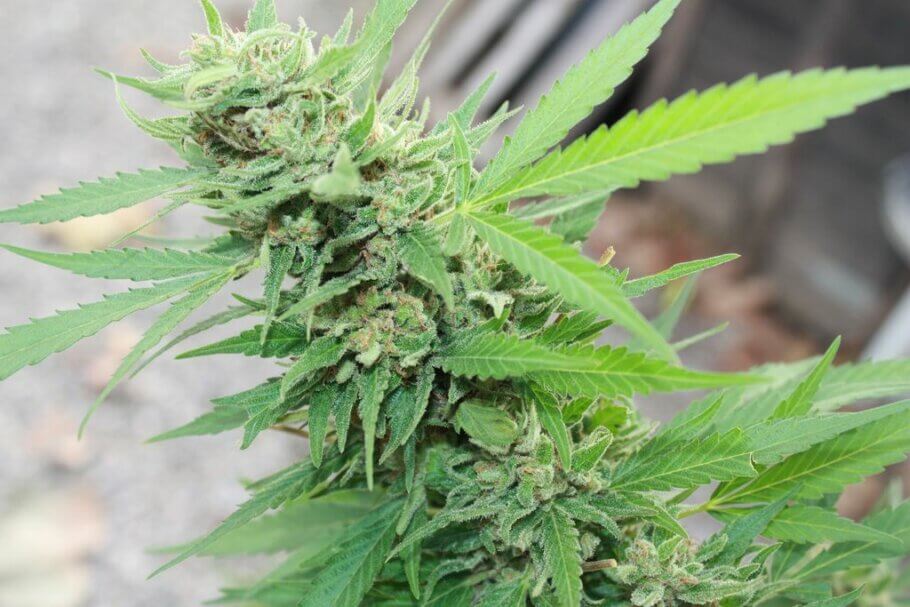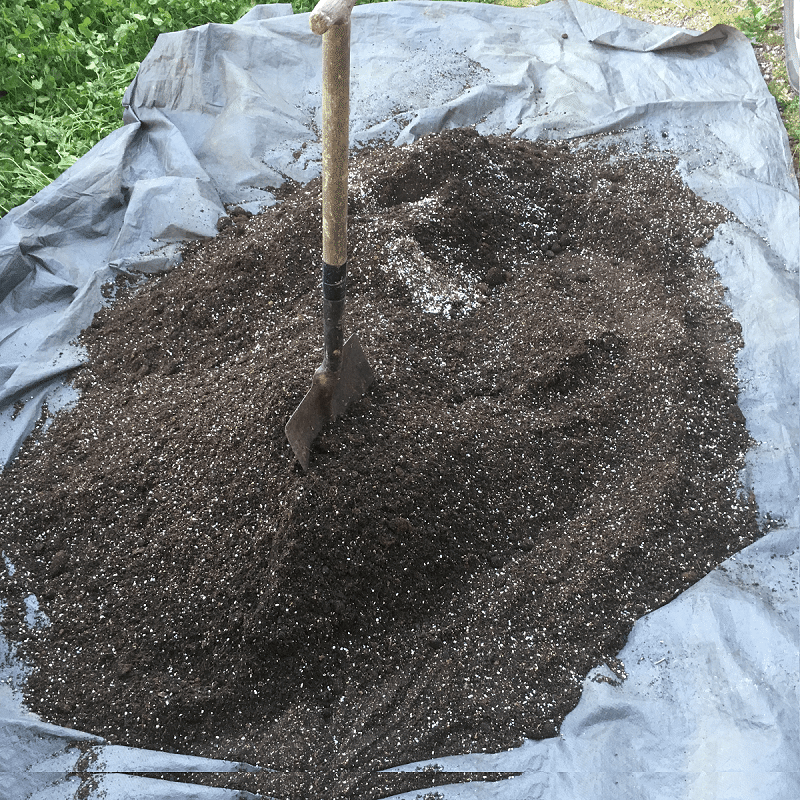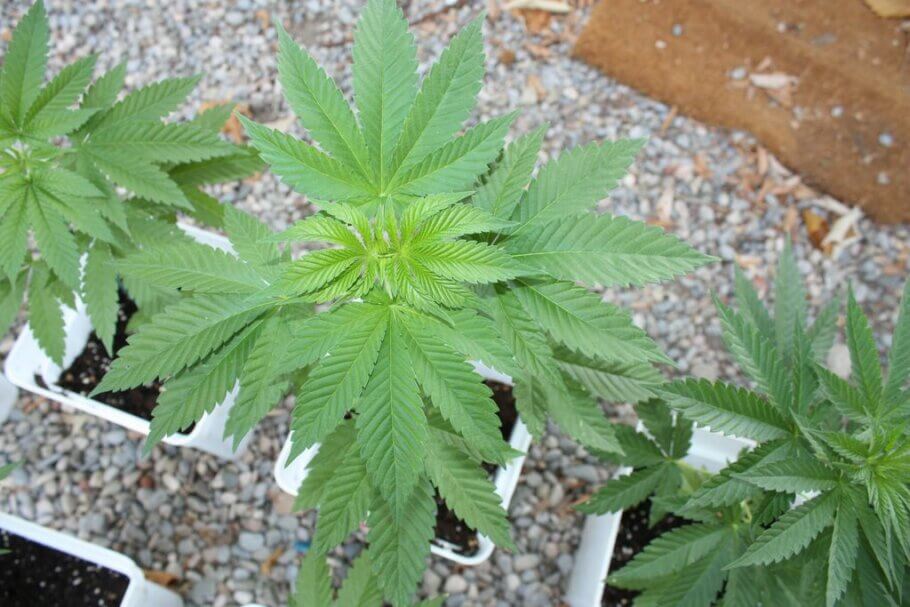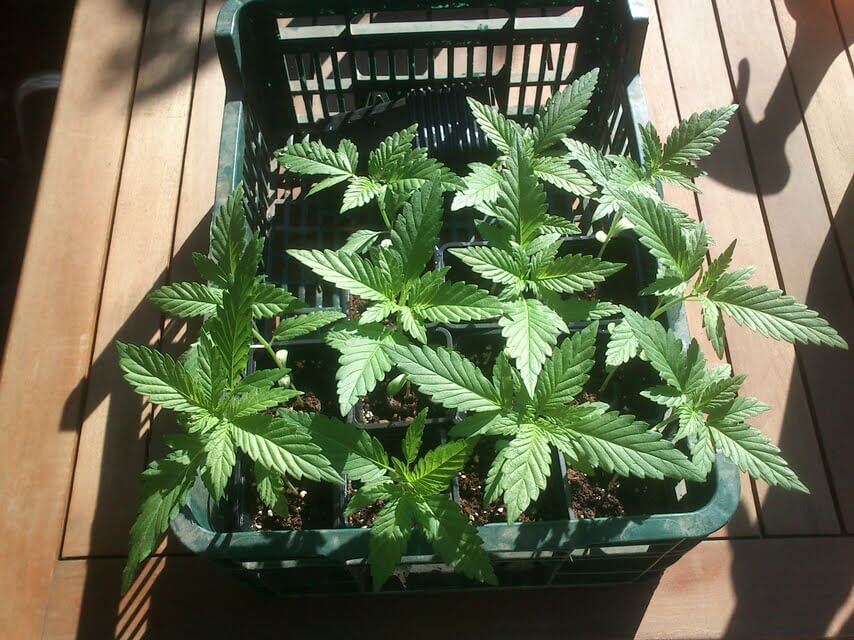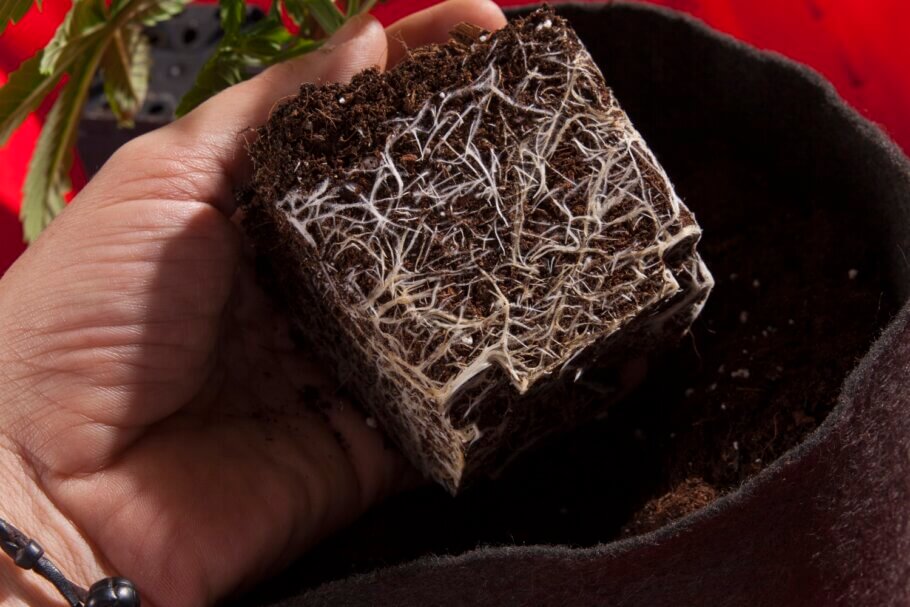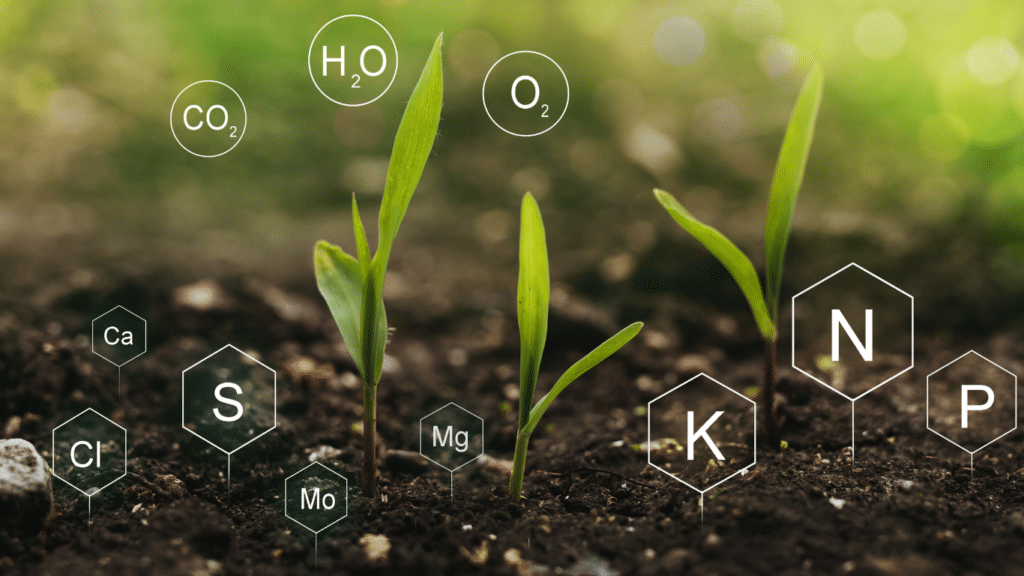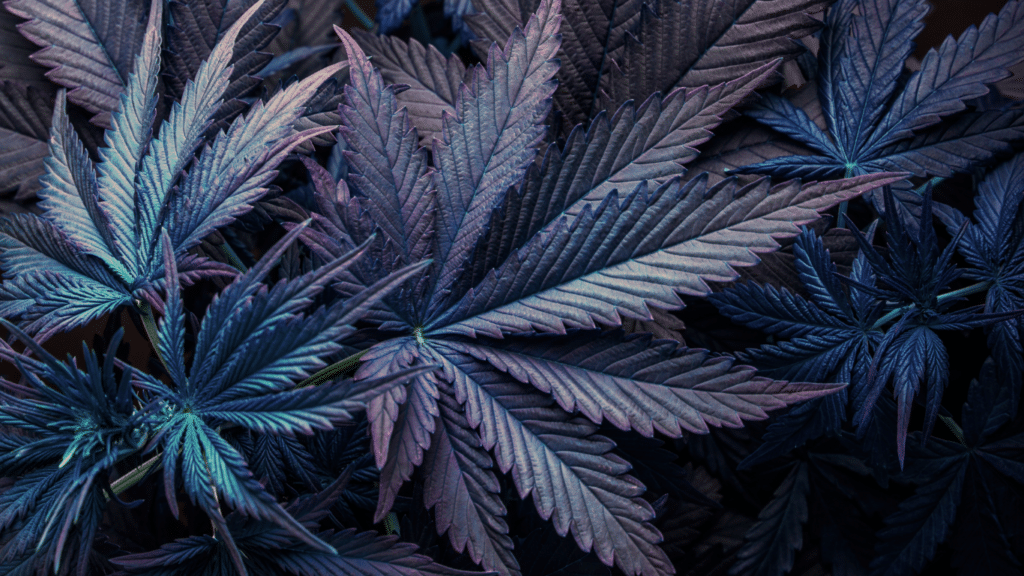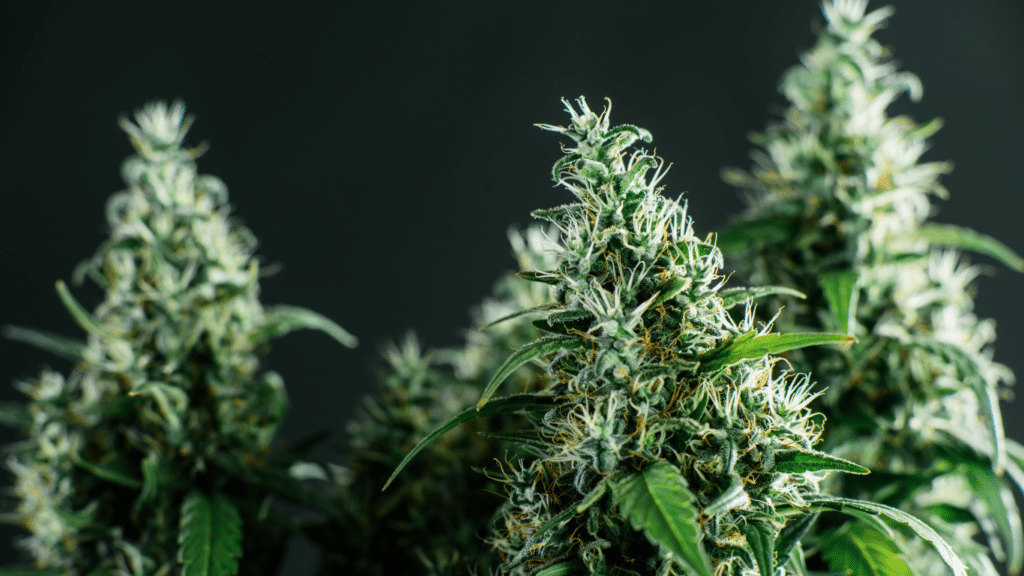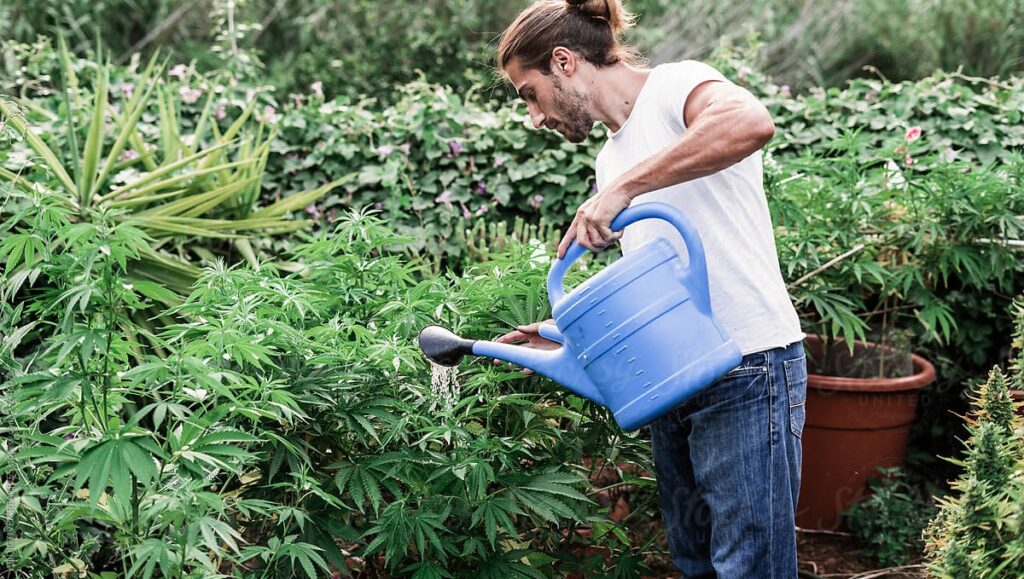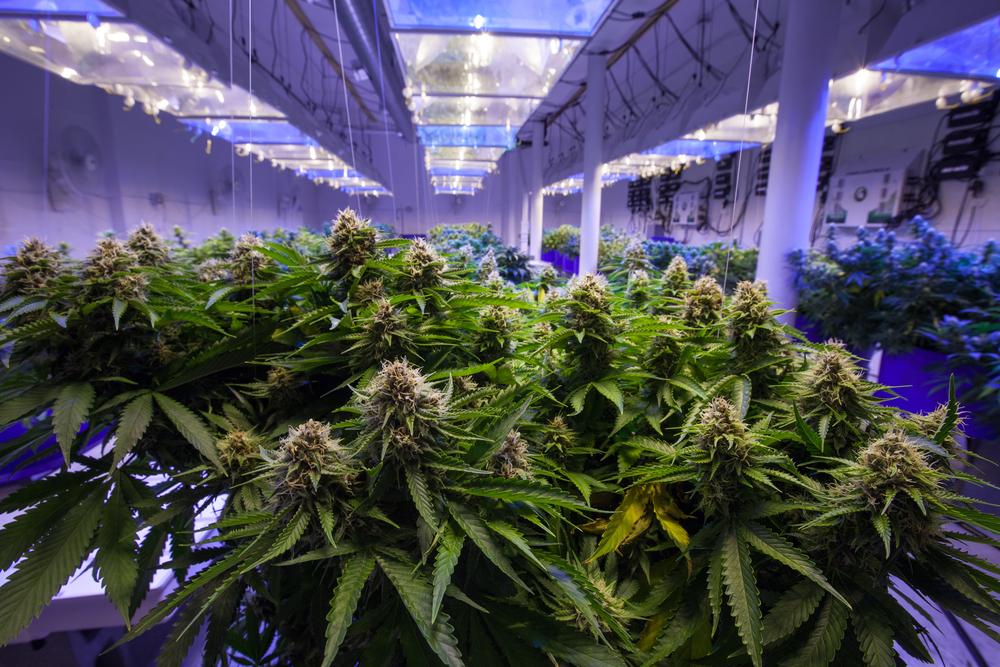So, you have decided to grow your own plants outdoors, but you don’t know where to start. It is true that the Internet (and also in written publications) has all the information you need, but we understand that sometimes it is difficult to start looking for information about different aspects, which can make you have even more doubts.
So today we have prepared a guide with 10 key points that you should take into account so that your next outdoor harvest will go off without a hitch and you can enjoy a bountiful and fragrant crop of flowers in a couple of months. Sure, we could talk about microsimens per square centimeter or the reproductive cycle of aphids, but that’s not our goal; it’s to make it easier for you and keep you from making mistakes that could ruin your crop. If you follow these tips and are lucky (factors such as weather or pests are not always controllable), you shouldn’t have any problems on this new adventure. Go for it!
Before you start growing
We know you can’t wait to germinate seeds and see how your plants grow, but before you even buy them, we recommend that you consider the following aspects of growing:
The perfect place
You may have already studied your plot and know exactly where to place your plants, although you may not have even thought about it. The first thing to keep in mind is that marijuana plants love sunlight, so their placement should be in as much sunlight as possible. The more hours a day of light there are, the better the plant will develop. Try to avoid places where any type of artificial light can shine at night, as this can interfere with the flowering of your plants. If your garden or balcony is completely polluted with street light, for example, we would advise you not to make life difficult for yourself and to grow autoflowering varieties, with which you won’t have the problem of night-time light, which you shouldn’t have.
If you can choose between a place with strong winds and a place with less wind, the latter is preferable because once the plants have good bud tails, their branches are more likely to break in strong winds. Of course, and for safety reasons, try to keep your plants out of sight from the street or from other houses, because leaving them in plain sight will only entice thieves or the police.
To summarize:
- Choose a location with as many hours of direct sunlight as possible;
- Nights should be completely dark; in case of nighttime light pollution, grow autoflowering varieties;
- Avoid particularly windy locations;
- Place plants out of sight of others;
Growing medium and nutrients
Once you’ve decided on the location of your crop, it’s time to decide what substrate and fertilizer to use. You can grow coconut fiber outdoors, but we don’t recommend it if you’re just starting out, as things get a little more complicated. It’s better to start with a good cannabis substrate, such as Light Mix or All Mix from BioBizz. If you were planning on growing on Mother Earth, we suggest you dig holes of at least 40 liters per plant and fill them with this type of substrate.
As far as nutrients go, you have several options: you can basically use solid fertilizers (add them to the substrate beforehand) and water only with water, or you can use liquid nutrients that you will dilute in the irrigation water and use a couple of times a week. Both methods give great results when used correctly, so the choice is yours. Either way, follow the dosing instructions for the brand of fertilizer you choose (remember, it’s always better to use 80% of the recommended dose than to overdo it and overfeed your plants). If you see a nutrient deficiency, you can always increase the fertilizer dose slightly.
So now that you know a little bit about what you are doing when fertilizing, you should know that your plants consume a variety of macro- and micronutrients. Nitrogen is the main nutrient needed during growth, followed by phosphorus and potassium during blooming.
Bottom line:
- Use cannabis soil such as Light Mix or All Mix.
- For direct cultivation, dig holes in the ground and fill them with good substrate.
- Prepare super soil (you will water only throughout the crop) or use liquid fertilizer about 2 times a week
- If deficiencies are found, try to identify and correct them by applying appropriate liquid nutrients.
- Plants require plenty of nitrogen during growth and phosphorus and potassium during flowering.
Pots and containers
Well, it’s time to choose which containers you’re going to use (if you use them, of course). When growing outdoors, where in many places the plants must withstand very high temperatures, it is always best to use white pots. This way, you avoid “root-cooking” during the hottest hours of the day. Ideally, put your pot (e.g., 40 liters) in a larger pot (60 liters) so that there is a small air chamber between them.
The pots that are commonly used for growing marijuana are usually made of plastic or fabric. Although the price of the latter is considerably higher, the truth is that plant development is usually better in this type of pot, so we recommend them if your budget allows it. In terms of size, at least 2-3 transplants should ideally be done during the growth stage, while plants are no longer transplanted after flowering. A good option is to germinate in 1-2 liter pots; after a few weeks, transplant the plants into 5-7 liter pots; do the same with a 15 liter pot; and finish with one last transplant before flowering in 40–60 liter pots. Keep an eye on the bottom of the pots, and when you see enough roots sticking out, you can do the next transplant. It makes sense to assume that a plant that grows in a 15 liter pot won’t yield as much as it would if it were in a bigger pot.
Remember, when growing autoflowers, you have to do it without transplanting, directly into the final pot, whose volume should not be less than 20–25 liters.
To summarize:
- It is always best to use white or light-colored pots, even shading them somehow;
- Textile pots usually give better results than plastic pots;
- You can decide to do more or fewer transplants; ideally end the growth phase with pots of at least 40-60 liters;
- In the case of autoflowering varieties, avoid transplants and use a 20-liter pot from the start.
Pests and hemp
Your plants may be susceptible to various types of pests and diseases. Aphids, spider mites, thrips, whiteflies, etc. are most common outdoors. You should also watch out for fungi such as powdery mildew (a white coating on the top of the leaves) or gray rot (rotten gray or brown buds).
As we always recommend, it is always better to prevent pests. Use a broad-spectrum insecticide and fungicide periodically during the growth phase, and you will avoid many problems during flowering (when spraying is not recommended, unless it is an extreme case). Especially with caterpillars, try to make applications every 3–4 days throughout the pre-bloom period (when the plant begins to produce its first pistils), that is, the first 2-3 weeks of flowering.
- The most common outdoor pests are aphids, caterpillars, red spider mites, whiteflies, and thrips;
- As for fungi, be especially wary of powdery mildew and grey rot;
- Perform periodic spraying with broad-spectrum products during growth;
- Avoid spraying plants when they have already formed buds.
Cannabis outdoors: the growth phase
Let the party begin! You already have everything prepared; you’ve even chosen which seeds you’re going to grow. All that’s left is to germinate them and finally start growing.
Seed germination
Although germinating seeds is easy if you follow the steps correctly, this is one of the most important steps where you have the least margin for error.
Choosing the right time to germinate is just as important as choosing the right time to germinate. It is best to wait until spring, and when the nights are less cool, that would be the ideal time. You can germinate later, although your plant won’t grow as big as if it had germinated earlier. If you don’t grow autoflowers, try not to sprout later than June, or your plants could get very small depending on their genetics!
- Germinate the seeds in the spring;
- It is very important that the medium not dry out or soak during the germination process;
- Seeds have a pointed end and a rounded end; When planting, always put the pointed end down to a depth of about 2 cm.
Marijuana and irrigation
As with any plant, proper watering is the key to success. If you make your plants thirsty by not watering them or if you flood them with too much water, it will have a negative effect on their development. Determining that they need watering is easy: you will see their leaves drooping, unstressed, and the substrate completely dry. Water liberally, and in a few hours you will see that they have recovered. Make sure it doesn’t happen again! On the other hand, if you water too much, you will also see the plant with slightly droopy leaves, but in this case with a wet substrate—a clear symptom of excess water or, likewise, you have to wait longer before watering again.
To be sure when to water, there are several ways. The first is to dip your finger about 3–4 cm into the ground. If it’s dry, it’s a good time to water it; if you feel it’s wet, wait until the next day and check again. Another way is to weigh the pot before and after watering; you will get a good idea of the difference in weight, and then it will be easy for you to determine if the plant needs water based on its weight. Of course, this method is not recommended with really big jars, unless you are a Hulk!
To summarize:
- If your plants don’t have enough water, the leaves will lose tension and wither and the substrate will be dry;
- If your plants have too much water, something similar will happen, but with a moist substrate;
- Immerse your finger 3-4 cm into the substrate. If it’s dry, water. If it is wet, wait.
Transplanting
We already touched on the subject of transplants when we talked about pots, although we want to clarify a couple of things for you before we continue. In general, and if done on time, transplants help plants develop more quickly. You can germinate seeds directly in large pots or in the ground, but especially in the first few weeks, don’t be surprised if growth is slow; until the plant has a good root system, it will not begin to “really” develop its above ground parts, stems and leaves. The larger the container, the longer it will take to get to that point.
Cannabis outdoors: the flowering phase
After several months of growth, your plants must have already reached a considerable size, and it may happen that during July and early August you will begin to see their nodes lose their symmetry (they stop growing in the same place and begin to do so alternately) and begin to form the first pistils …the nights get longer, and so the flowering begins!
Marijuana irrigation and flowering
Over the past few weeks, as the temperature and size of your plants have increased, you may have realized that they need to be watered more often. As the plant develops flowers, it will need more frequent watering, which is important to keep in mind. Remember, it is always best to water not during the hottest hours of the day, but at dawn or dusk (hemp prefers morning watering).
- During flowering, the plant will need more water;
- It is always best to water in the morning or, at most, in the afternoon;
- Do not water with hot water that may have been left in a container in the yard.
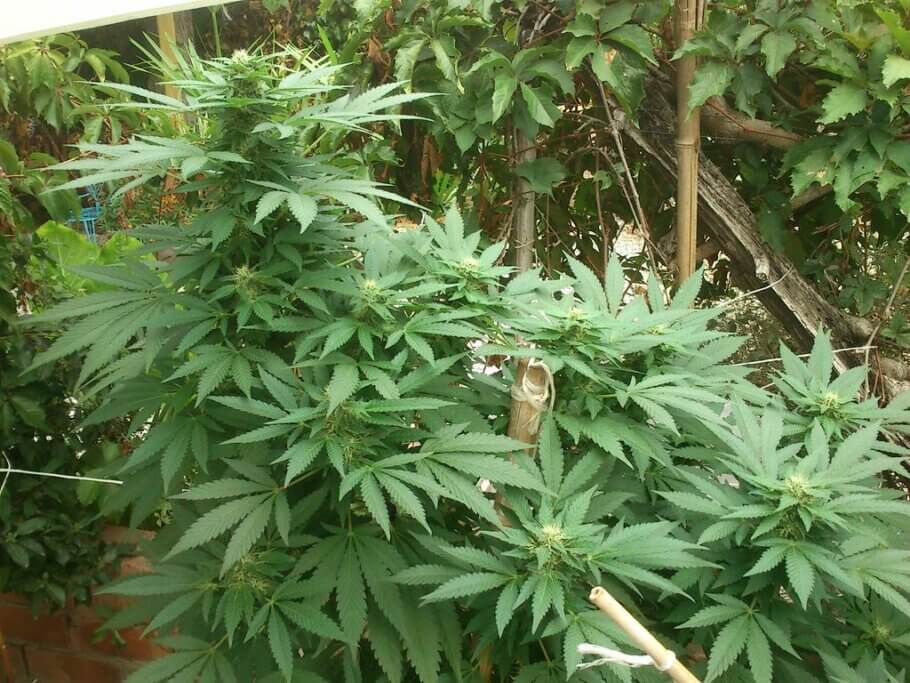
You may want to bend or garter your plants to control their height, which is very practical to avoid prying eyes…
Cannabis nutrition, flowering period
Once the flowering phase begins, your plants will stop needing so much nitrogen and will need more phosphorus and potassium. Don’t be alarmed if you see that their upright growth has stopped, this is normal at this stage; the plant stops growing in height in order to devote all its energy and resources to forming flowers. Usually use a FC booster that is rich in the elements that the plants need most, whether it’s slow-release solids (best used at the beginning of flowering) or liquids that can be added with every watering. Anyway, when you see that your plants are close to harvesting, you can stop giving nutrients and water only during the last 2 weeks of cultivation.
- Marijuana plants need more phosphorus (P) and potassium (K) during flowering.
- Don’t worry if your plants stop growing in height
- Try using a fertilizer rich in phosphorus and potassium designed for flowering.
- For the last two weeks before harvest, try watering only with water.
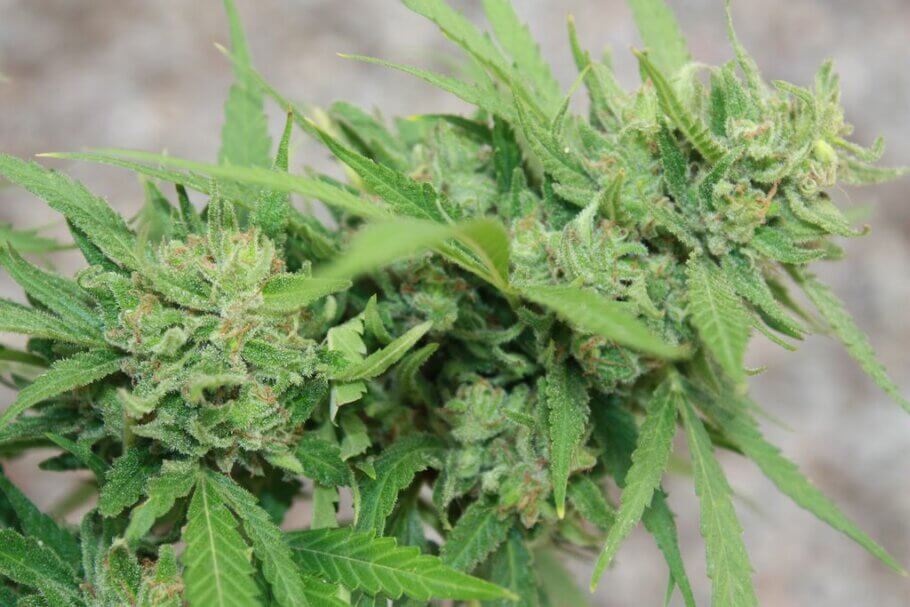
As the flowering cycle progresses, the pistils turn brown and the trichomes become opaque.
When to harvest marijuana plants depending on the maturity of the trichomes
Basically, you can take a picture with your smartphone and zoom in until you see clearly the color of the trichomes. When you see that almost all of them are milky colored, you can start preparing the dryer! To harvest, you can cut and hang whole plants or branch by branch, whichever suits you best. Putting them in a drying rack in a dark, dry, cool and well-ventilated place will be the best way to dry marijuana without spoiling it in the process. In a couple of weeks you should taste the fruits of your efforts!
Conclusion
Of course, the success of your cultivation depends largely on the seeds you choose. The first recommendation: Don’t be guided by the name. The second thing we recommend is to determine what type of effect you are looking for, which will already make you rule out many varieties.
- What flavors do you prefer?
- Do you want huge plants or fairly small ones?
- Are you going to use them for concentrate production?
- Are you looking for very specific medicinal effects?
- Will you be growing in a particularly wet or dry area?
Once you answer these questions, you’ll see how much easier it becomes to find your perfect variety.

